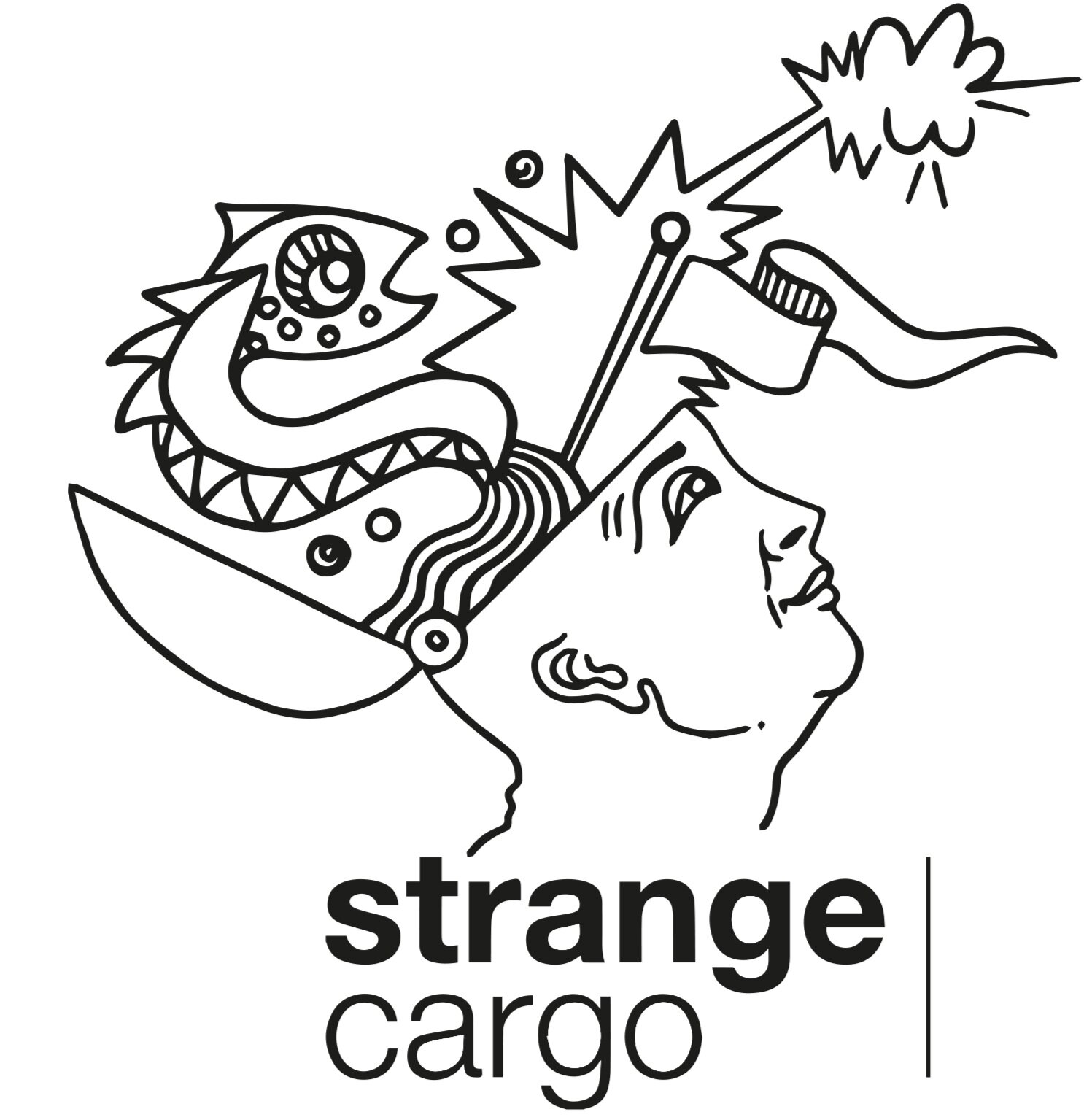Forget Me Not School and public workshops and talk programme
11th Nov 2018
With funding from Heritage Lottery Fund Strange Cargo developed an activity led workshop project, aimed at helping participants understand more about life in Cheriton during the First World War. The activities, which include a talk by Cheriton historian Vince Williams, which you can read more about below, were part of a wider project called Forget Me Not. that was in remembrance of the sacrifice of local servicemen and women and their families during the Great War.
Primary school and public workshops were held with Year 6 class groups across all the Cheriton Primary Schools. The project was also offered as a free public family workshop at Strange Cargo. The workshops were extremely successful and very popular with teachers and children, as well as all the adults and families who joined in at the public workshop. A number of authentic objects were taken into school for children to hold, explore and discuss. We used the 1914 Princess Mary Christmas Gift Tin as the basis for workshop which comprised:
(1) The students created a facsimile Princess Mary tin, which taught them about why the the tin was produced and paid for by public subscription. They also learned about trench art techniques and were able to handle real examples of the tin and trench art objects. They went on to fill their tins with objects created in class and other items to educate them about the history of Cheriton during WWI. These included:
(2) a registration card with polaroid photograph of each child, which provided them with an understanding of the army medical, registration and conscription procedures; these were filled in by the children with measurements and personal information, which was then stamped with an official date stamp and signed by the Commanding Officer (teacher) once they were completed. (3) a postcard based on a IWM postcard, with the front image designed by the children, which taught them about the importance of communication, family news, but not sharing secrets about the position of soldiers on the front line when sending news back home. As part of this element the children had to write their home address and lick a stamp (yuck). The stamps were the Royal Mail 1st class Walter Tull WWI commemorative stamps. Walter Tull was a local man and the first black officer in the British Army - the children were invited to visit the Walter Tull exhibition at Folkestone Town Hall Museum, and the postcards were posted by the schools so that the children understood what it was like to receive news in the post, which for most of them was a new experience.
(4) A lucky penny to learn about the lucky charms and talismans carried by soldiers.
(5) A small chocolate to remember that the tin was a gift, but this also related to food shortages and rationing. (6) a pencil and notepad, for notes and to keep a diary.
(7) Four photographic images of recognisable locations in Cheriton during WWI that were discussed in class, including Cheriton Halt station, Cheriton Electric Theatre and cinema, food shortages and queues at shops; and the wartime Cheriton visit by King George V in 1915.
(8) A facsimile railway ticket taught about the five local stations and transport during the war, including stations that now have new names and those that no longer exist.
(9) A teabag, which was also related to food shortages, but also recounted a local story of the kindness of people whose homes backed onto the railway, taking cups of tea to the soldiers in the stationary trains travelling from Shorncliffe Barracks to fight in France.
(10) Military insignia was explored and real military badges were made available to research and handle and each child created their own regimental badge to put in their tin.
(11) A remembrance poppy. Pupils learned about their history and significance.
(12) An A4 information sheet to remind them about all they had learned.
(13) a flier about the Forget Me Not project.
A local map was taken to schools and each many children added a dot to the map where their homes were, alongside the dots showing where the local WWI fallen servicemen had once lived. Each class was photographed with their tins and the Heritage Lottery Fund banner.
















